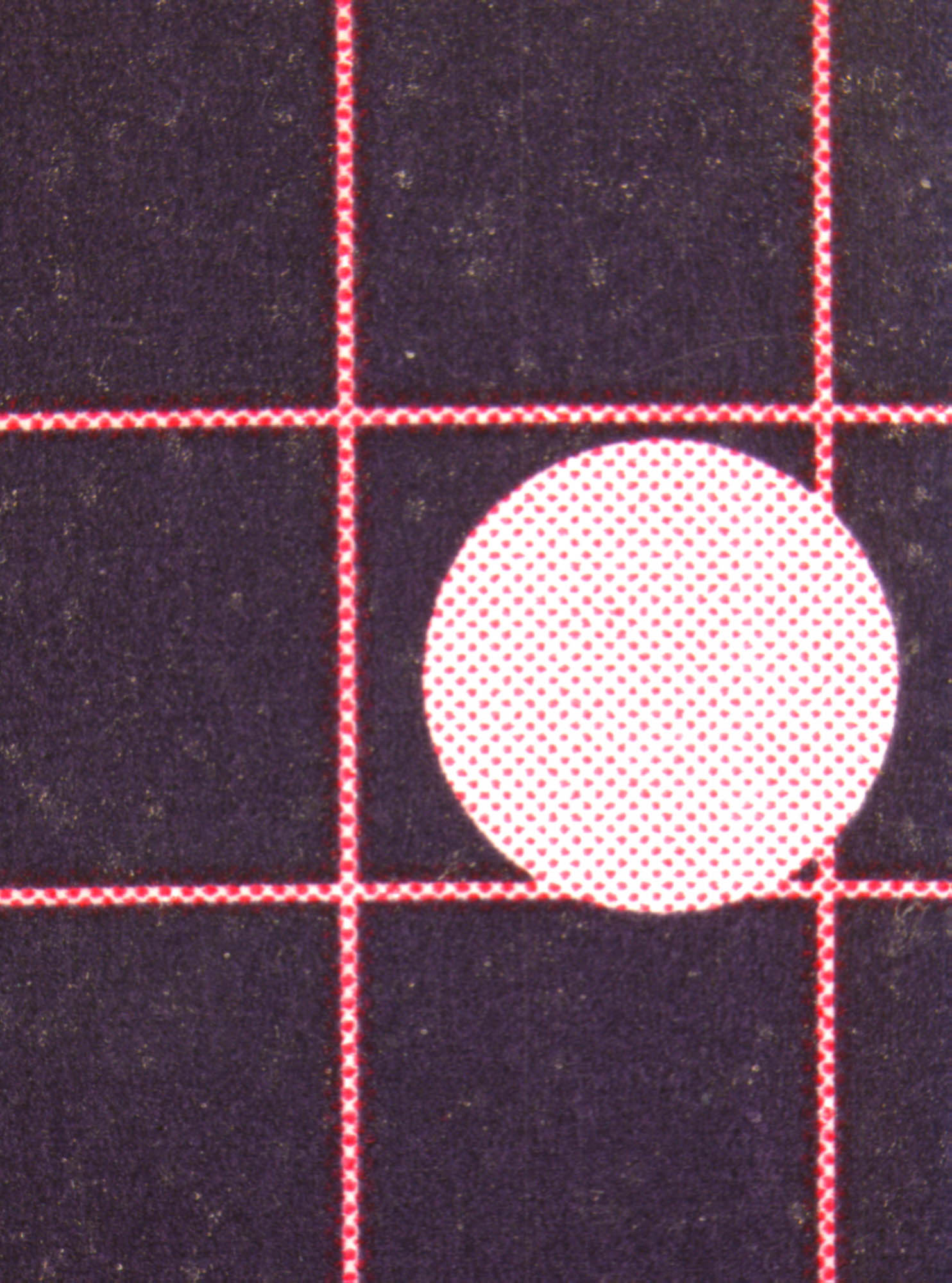
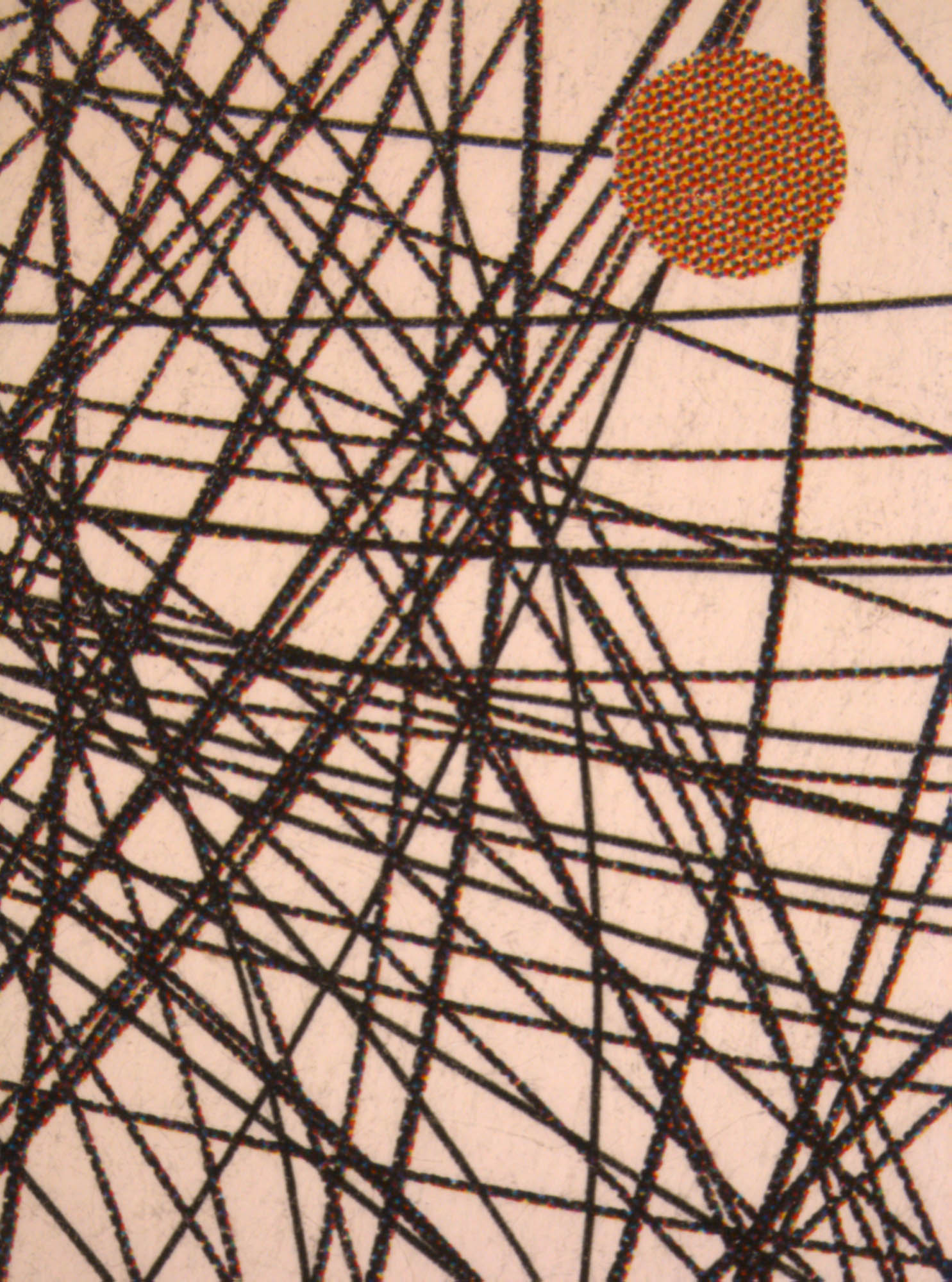
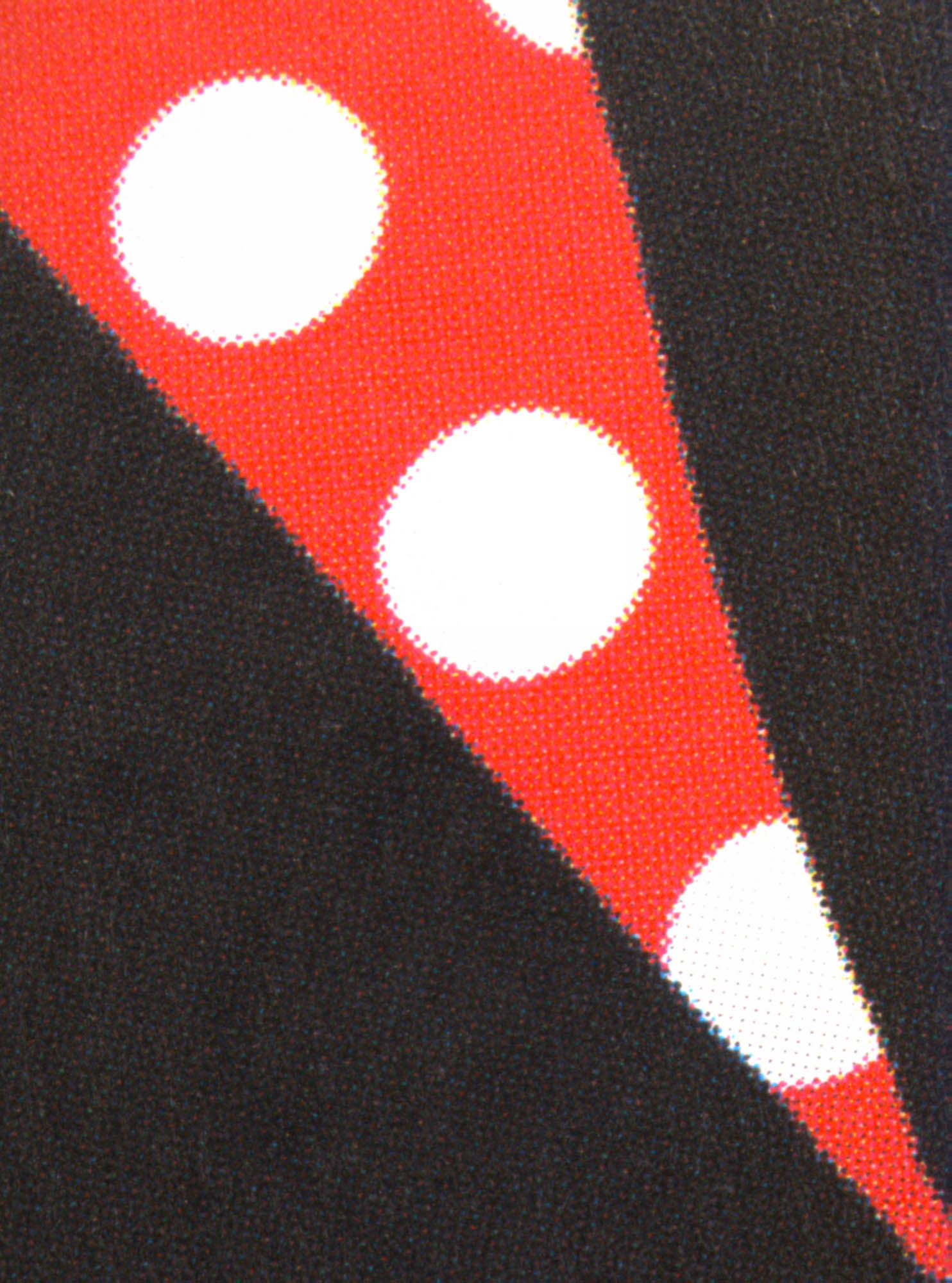
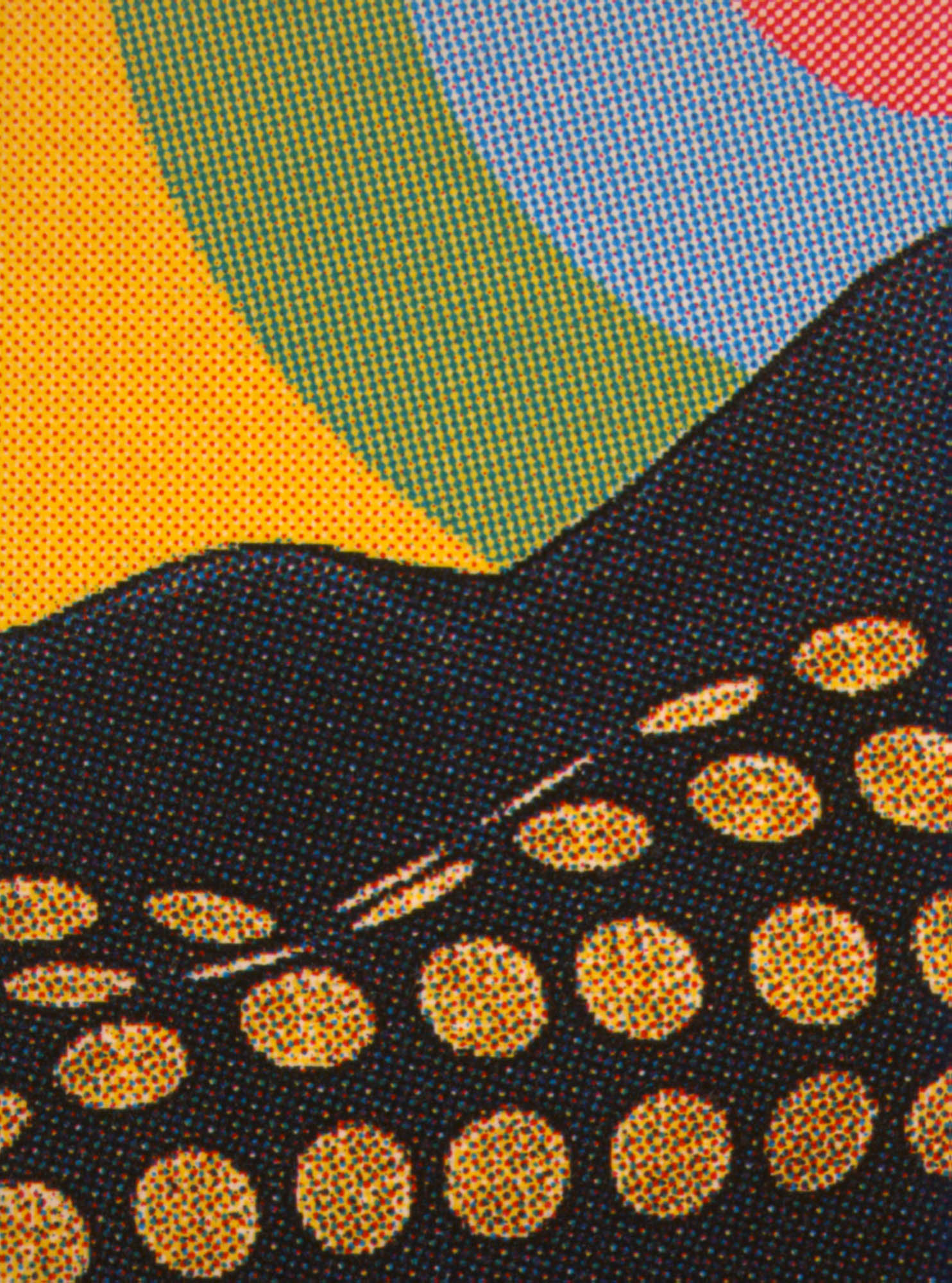
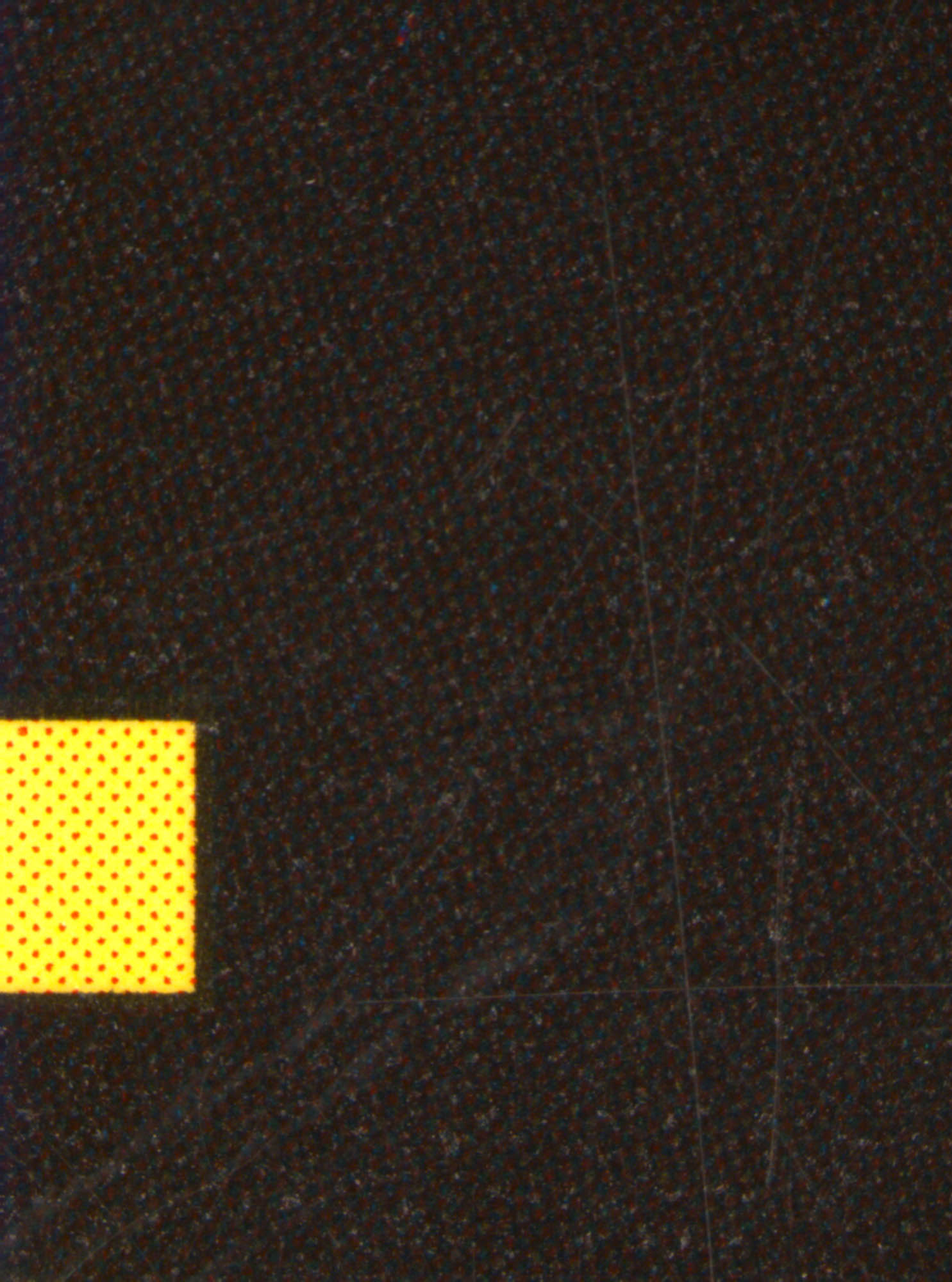
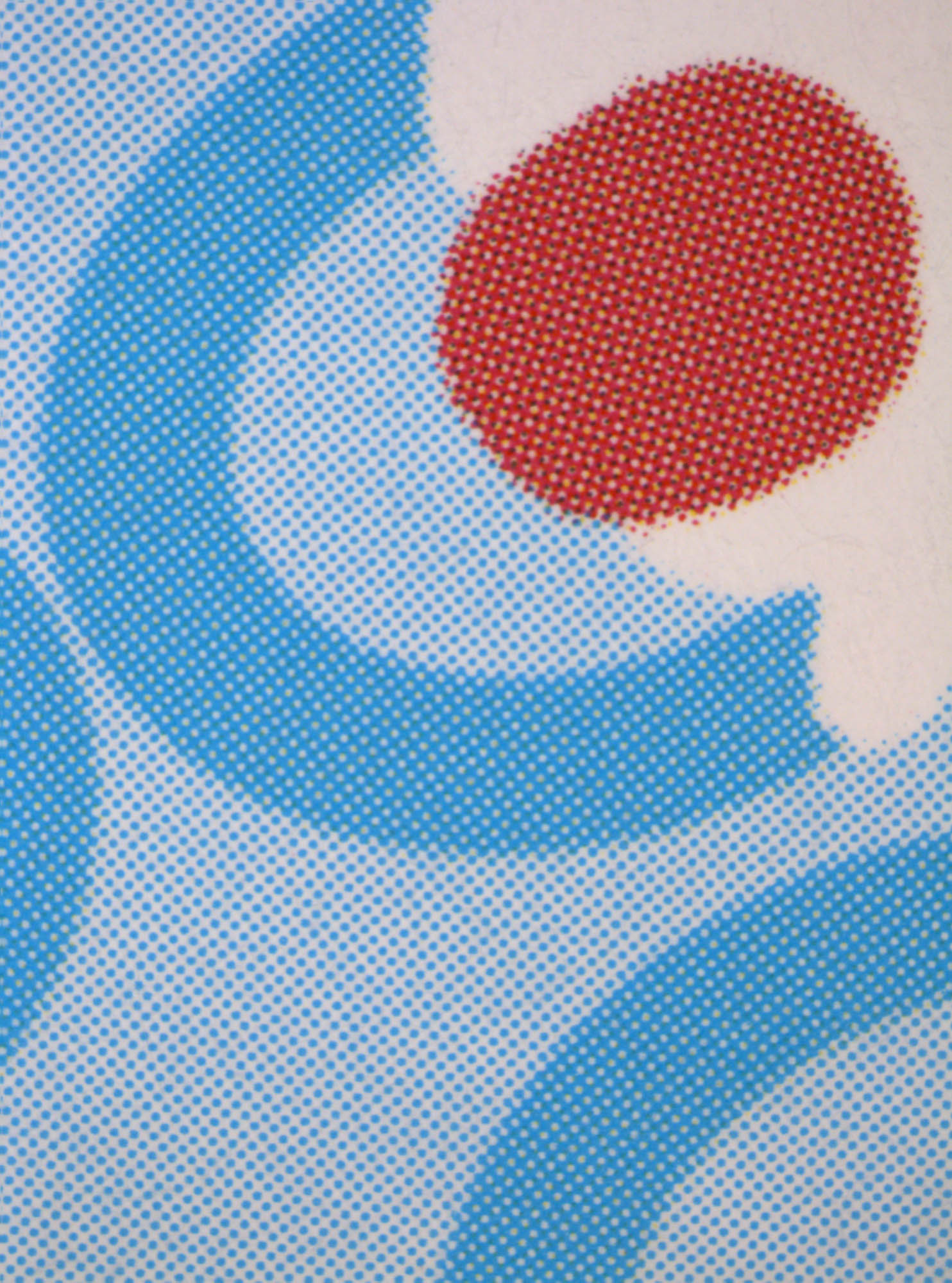
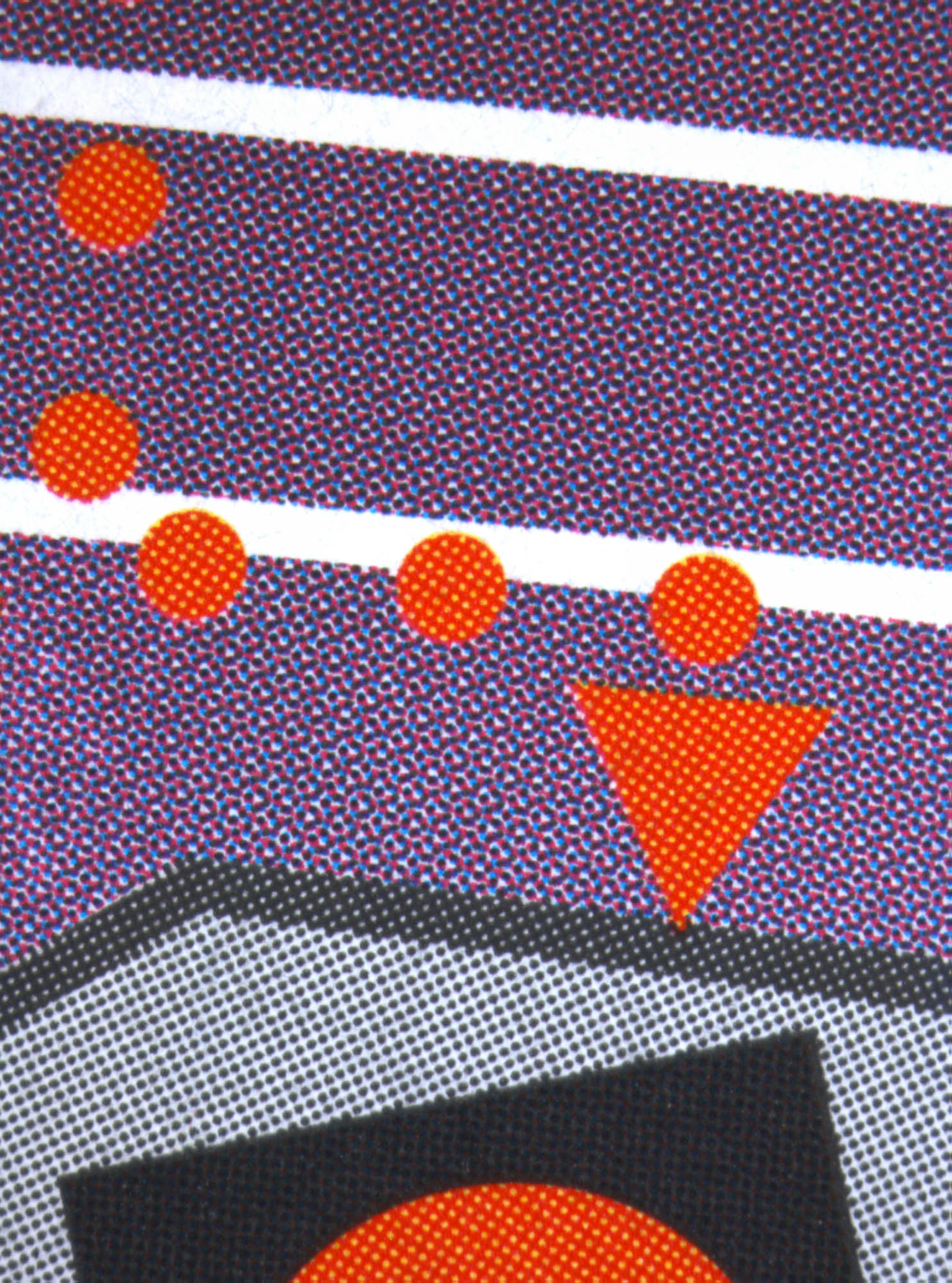
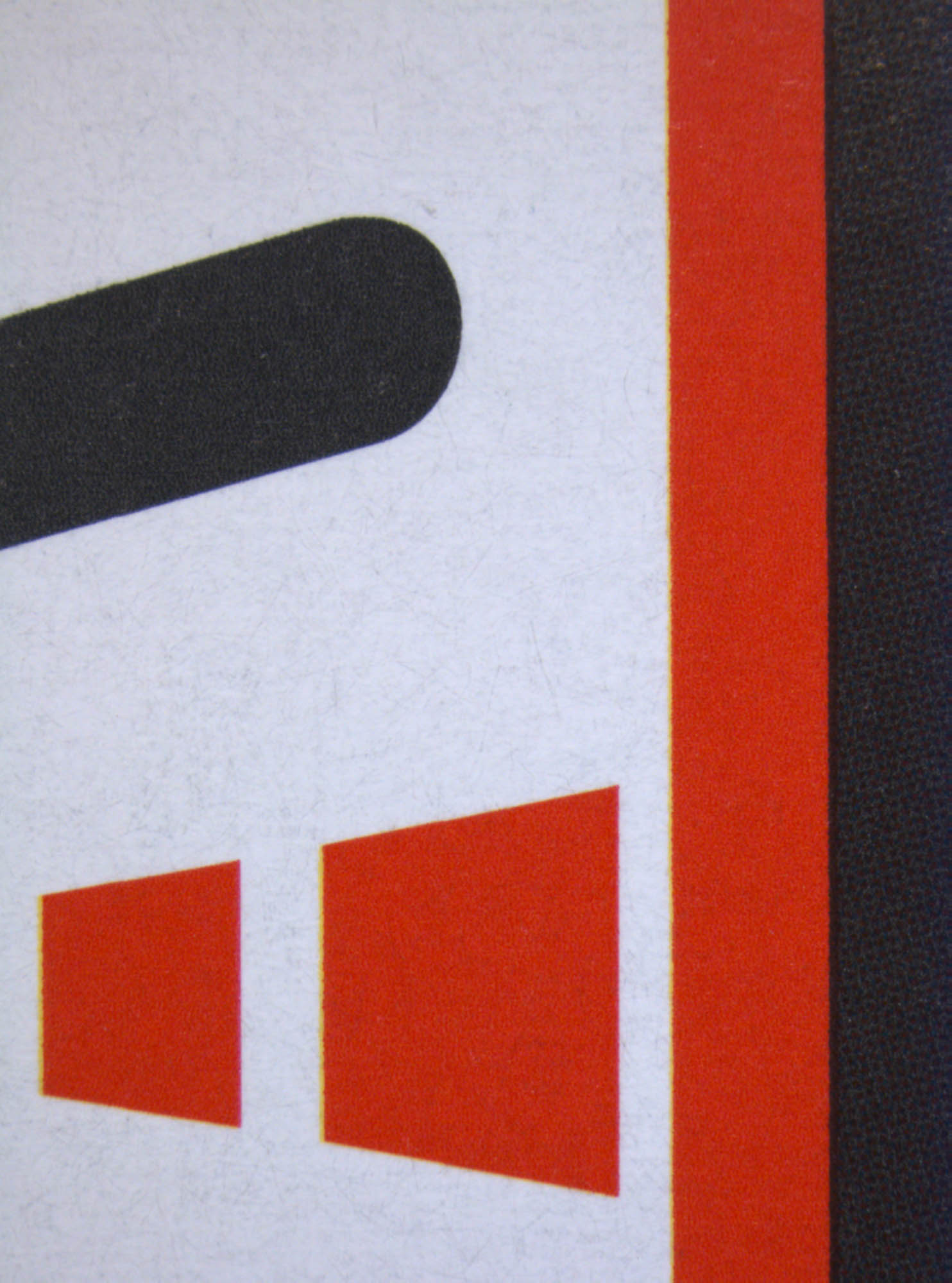

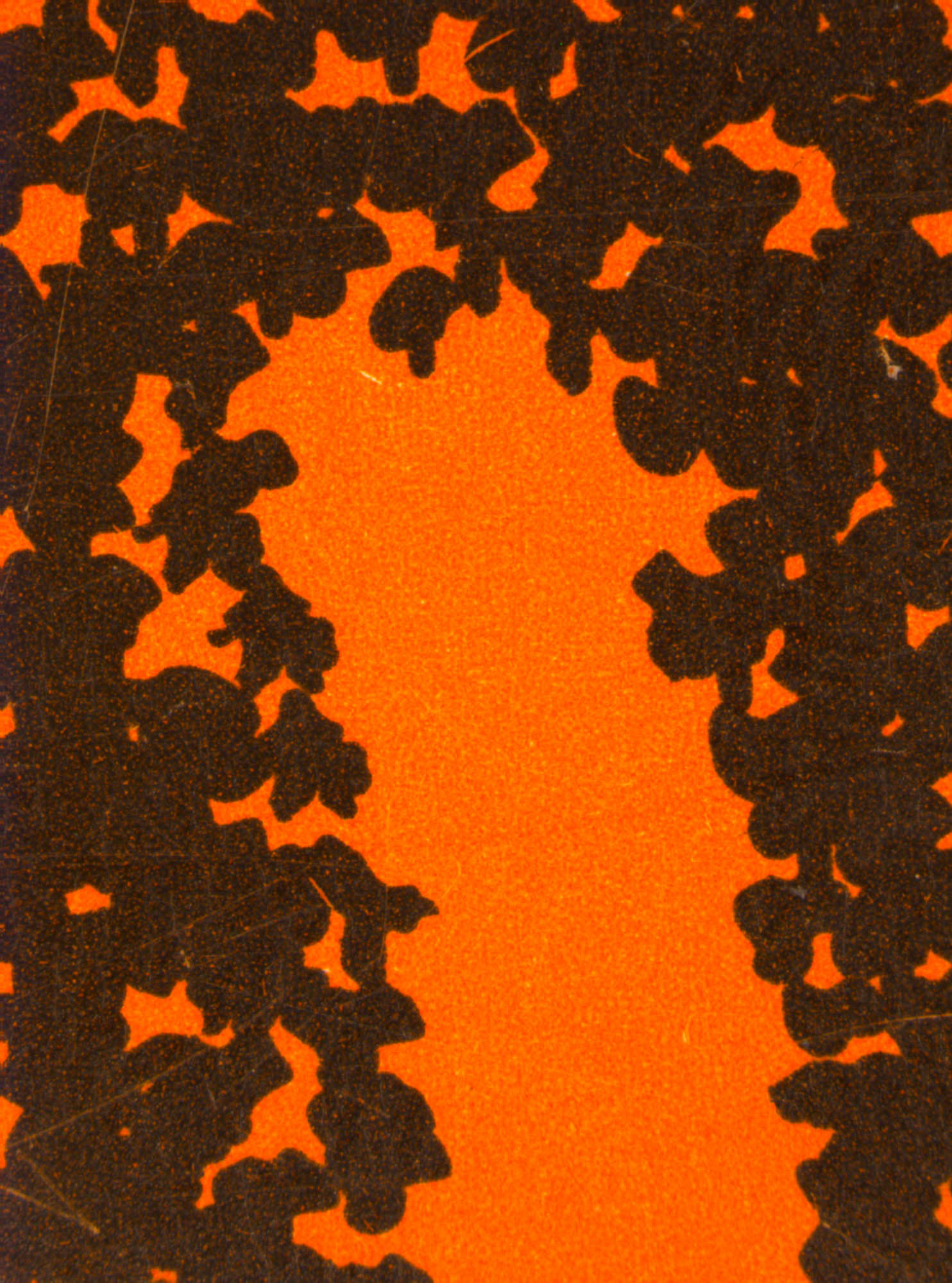
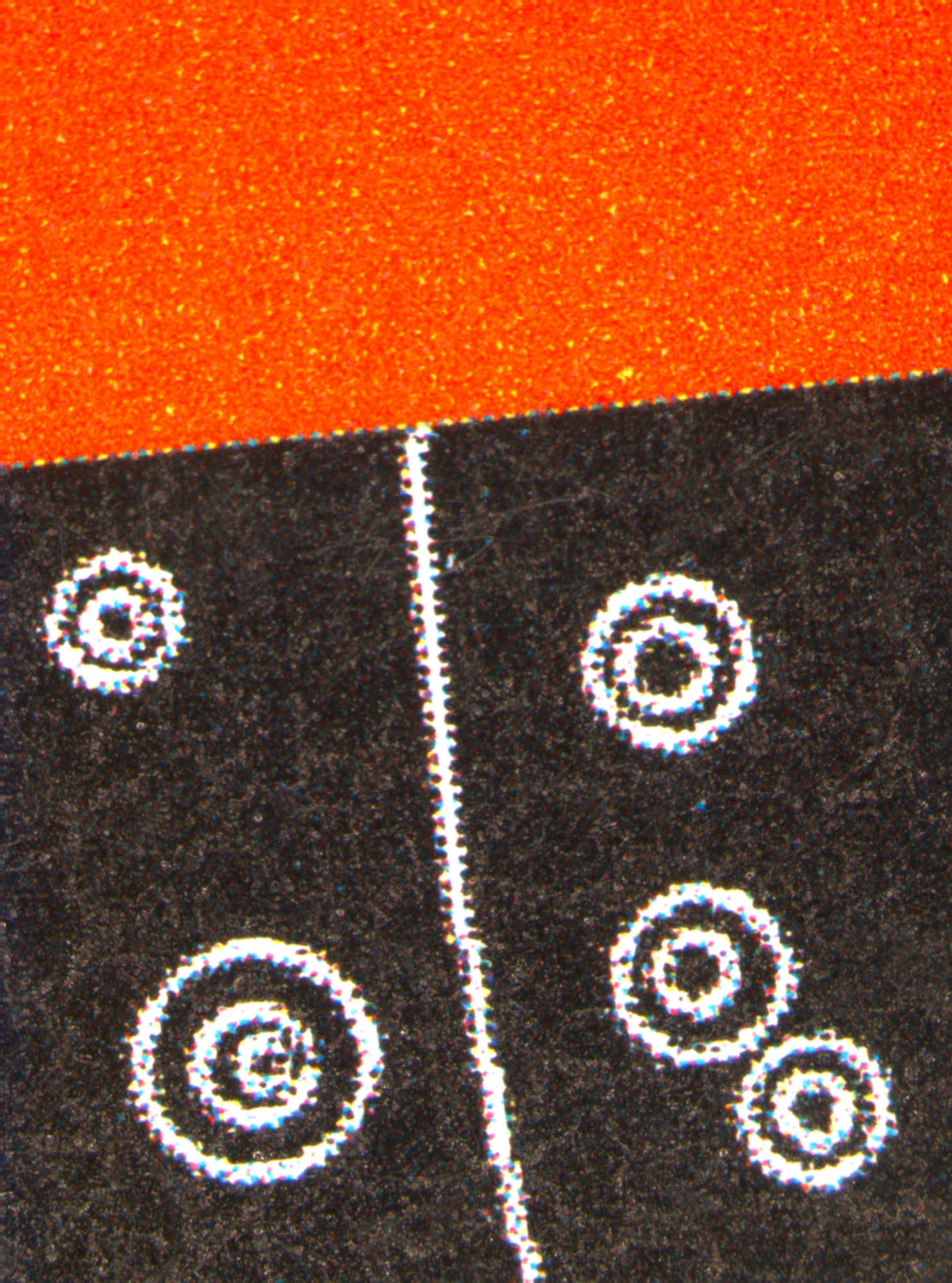
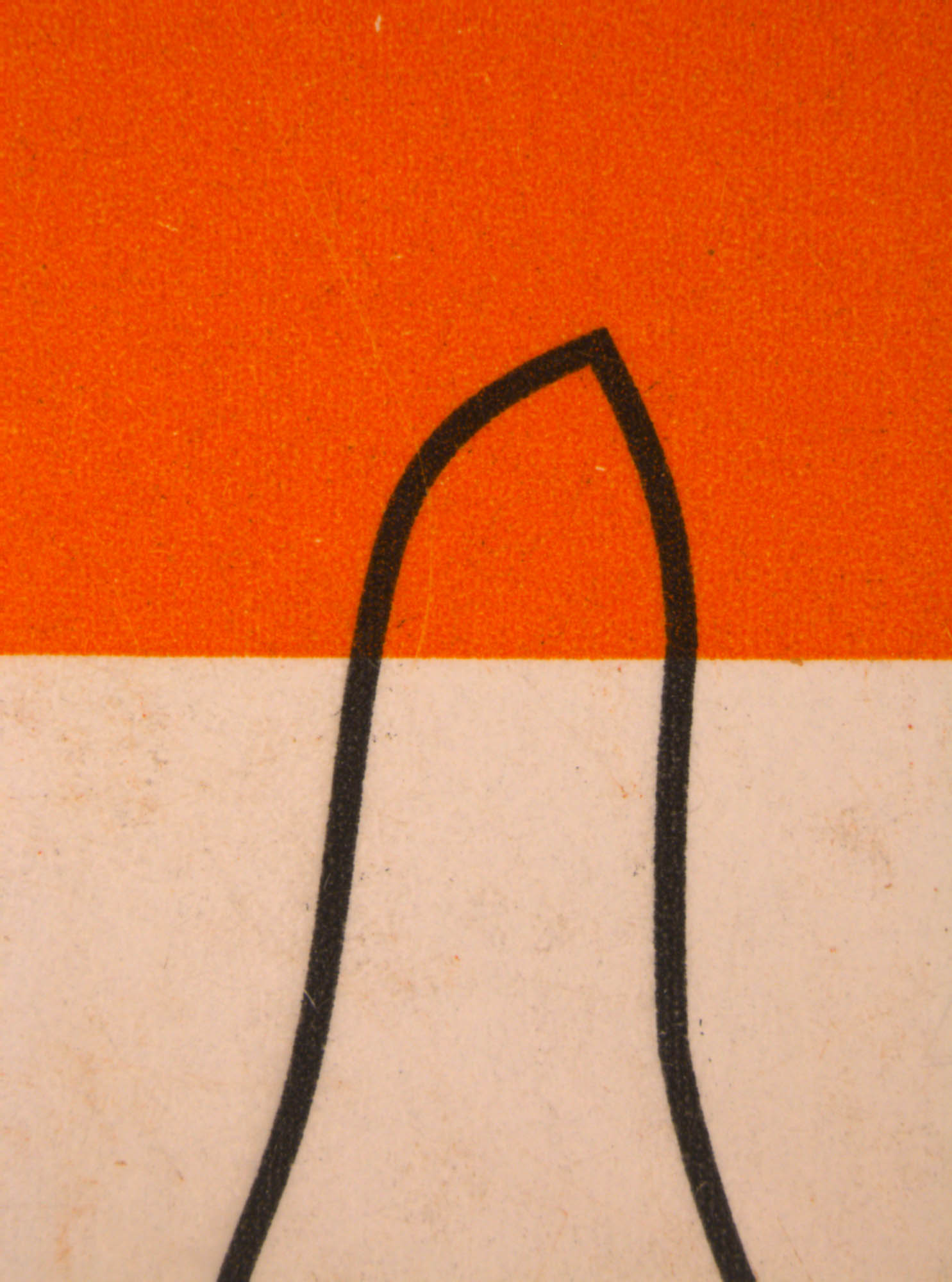
Dmitry Sokolenko's work can be defined as a conceptual photo within the limits in which an original artistic device has developed. Outwardly, his works seem to be a continuation in the vein of Kandinskii. Like Kandinskii, Sokolenko also works with simple forms, a point and a line on a plane, and using the limited quantity of visual means. However, there is a cardinal difference within the deeper principles. The artist himself characterizes his works as having the position of a ‘reader’, emphasizing the importance of a verbal component. The name of the work (the verbal text defining the concept and setting the framework of its interpretation) and the image (the visual text, illustrating the interpretation) act as two parts receiving value only in unity. Between the title and the image there are complex semantic attitudes generating a new message of a higher level.
The problem set by the concept could be solved by using various techniques (painting, installation, etc.) but by using photography to create the artistic statement a new quality is given to the conceptual problem. The effect created is of one hunting for an object; meeting with it becomes unpredictable, and the search for concrete graphic material takes time. The choice has a accidental and subjective character at which irrational mechanisms of inspiration join. It is necessary to meet the image, set by theme and concept, and more importantly, to identify it. The universal forms that the spectator sees could be a photo of a fragment of a billboard, taken by an amateur camera, an image on a shoe box, fixed on special scientific equipment, or an image scanned from a pack of cigarettes – in any case, for the spectator the origin of the image remains unknown.
A special place in the works of Sokolenko is held by his project "XIX” (2007), devoted to understanding the path of development of Russian literature. Already axiomatic works of classic Russian literature of the 19th century ("War and Peace", “Crime and Punishment”, etc.), are taken by the artist and put into chronological order, the 12 works are named, and made into a cycle. The reference to these major works actualizes the key points that have become corner stones of Russian mentality. Man and society, the changing of generations, the relationship between Russia and Europe, the enigmatic Russian soul and state disorder, reason and madness… The image opening this series is a sphere which does not fit into a unified network of square cells. This image corresponds to the restless hero from the play “To the Mountains from the Mind” by Alexander Griboyedov, a Russian diplomat who was killed in Teheran. The first picture has a commonality with the last: Chekhov's inspired story about a madhouse. The beginning and the end of the cycle become isolated, creating the effect of circular logic - similar to that object which portrays arrows on a dial.
Artyom Magalashvili, Art Critic, PhD
